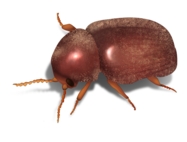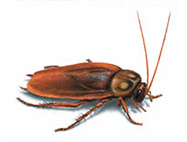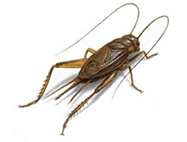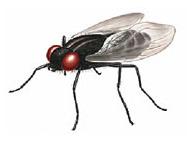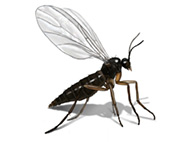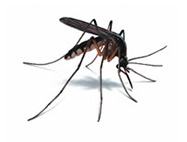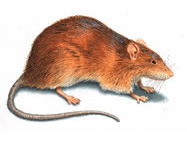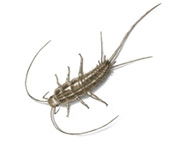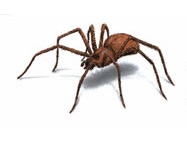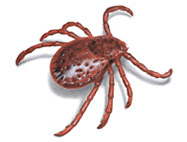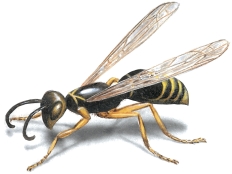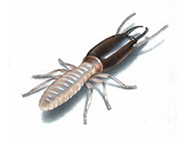Scientific Name: Lasioderma serricorne
Description:
The cigarette beetle, although small in size to 2 mm and 3 mm, this insect is also known as the tobacco beetle and cigar beetle. The appearance is such that the beetle’s head is bent down. As the name suggests, the cigarette beetle is a pest of tobacco, however a minor pest of dried fruit, sage, flour, oil seeds and some animal products.
A special feature of the cigarette beetle is the symbiotic yeast, which is transmitted to the next generation on the eggs, which is carried internally in a specialized organ that is linked to the gut. More importantly, the functionality of the yeast cells assist digestion of less nutritious food, resistance to certain toxins and supplies required B-vitamins for the cigarette beetles.
The reproduction of cigarette beetle happens on food material. The female beetle lays close to 100 eggs loosely, mostly on food material. The larvae will move around and bore in to the product, which they feed on. The entire life cycle of a cigarette beetle is 26 days within a temperature of 37 C or 120 days of 20 C. Cold temperatures threat the survival of cigarette beetles, where adults die within 6 days and eggs survive 5 days at a temperature of 0- 5 C.
Infestation is mostly caused by adult Cigarette beetles, where they leave holes and debris from packaging. The insect chew their way out of the infested materials which are visible signs of Cigarette beetle infestation.



